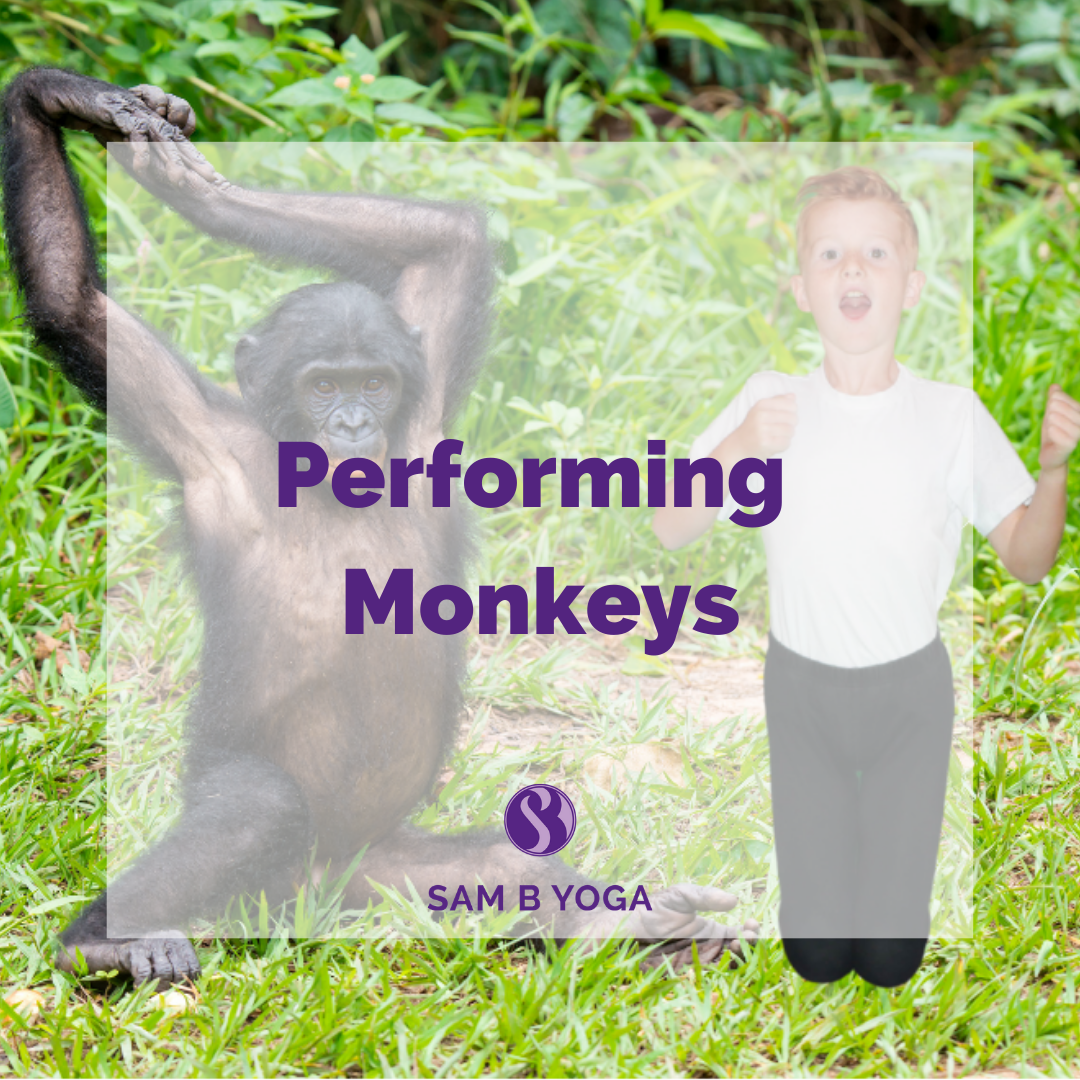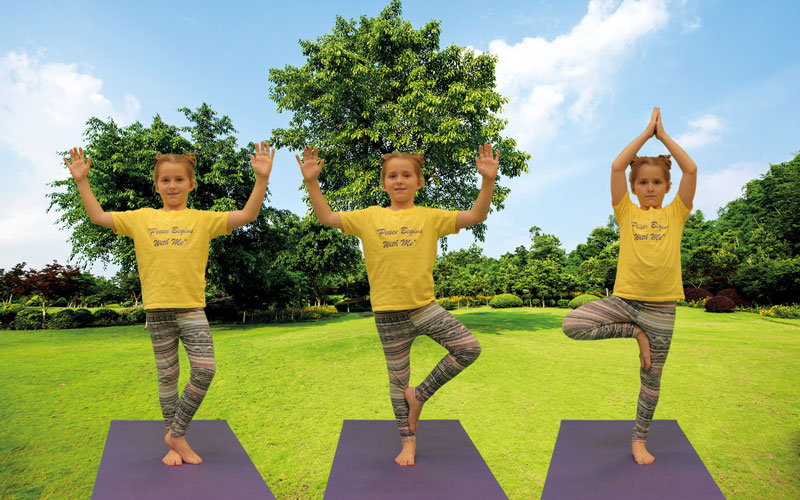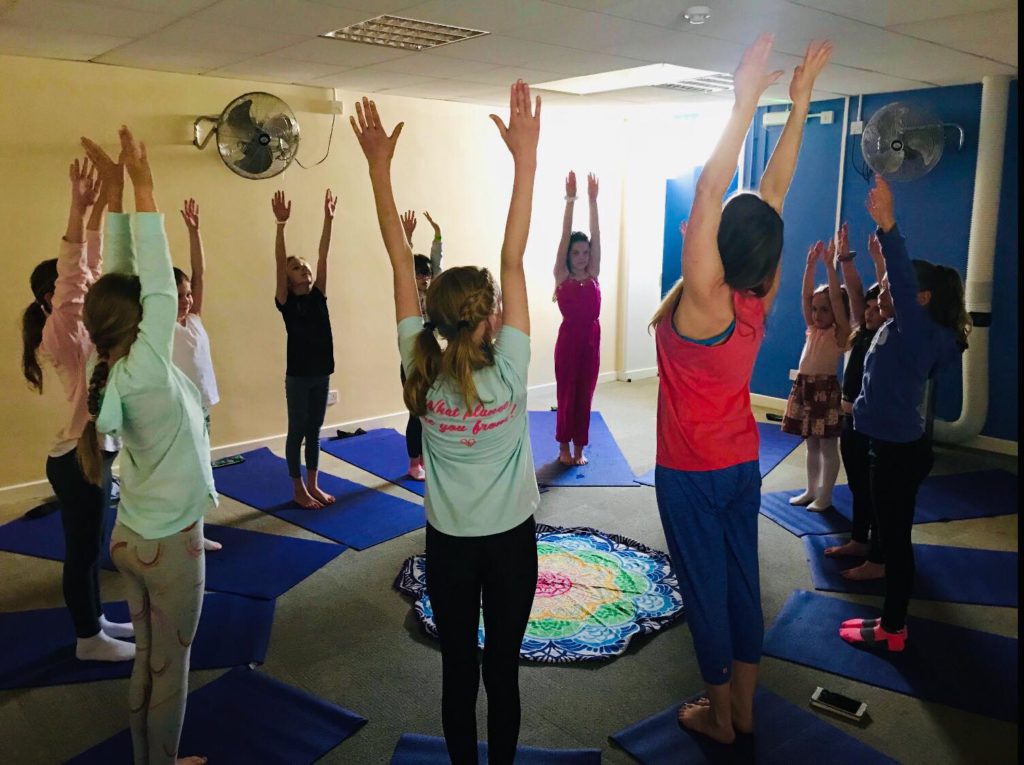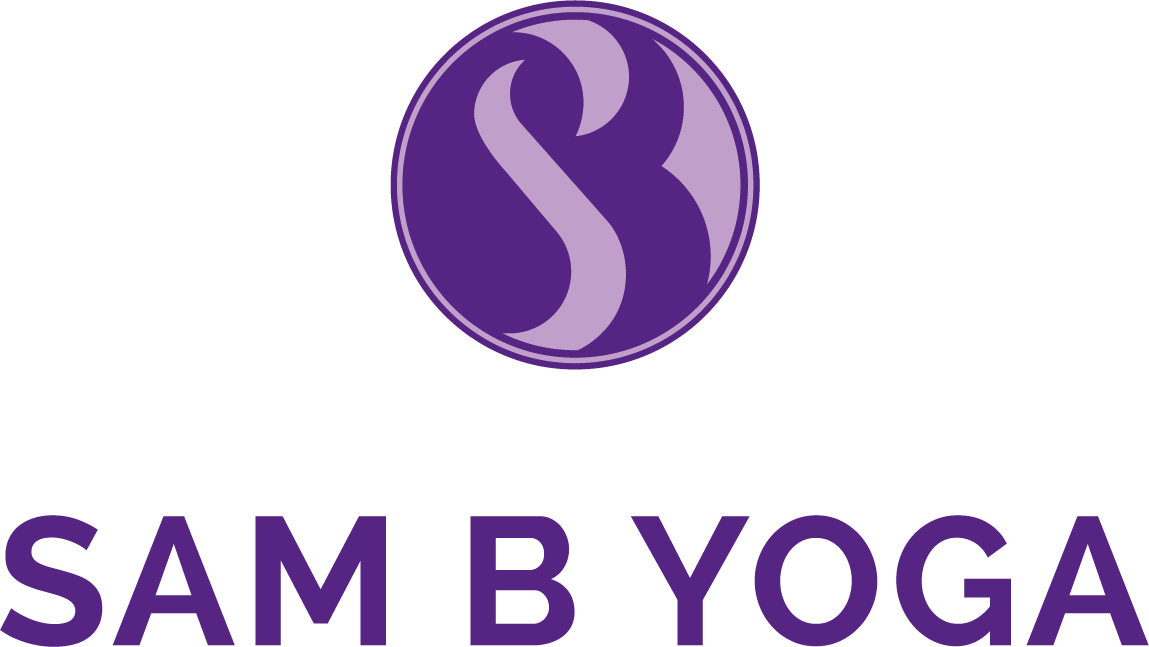
‘If Yoga is part of the curriculum,
should it be assessed or not?’
YES!
Speaking from a school teachers perspective, YES of course! Assessment is an essential part of meeting children’s individual needs, so you can include support and challenges depending on each child for each learning objective. Assessment helps to guide your planning.

NO!
However, from a yoga teachers perspective, then many would argue hell NO! Yoga should be taught in a way that creates a safe space to allow children to explore their bodies, what they can do with their bodies and to explore their own emotions, mental health and wellbeing.

Children know when they are being assessed. If the teacher is busy ticking off sheets, photographing and assessing whilst teaching, children may either show off their talents or shy away and abstain completely. Have you ever seen a baby show off their new walking skill when put on the spot?! Children are not performing monkeys. We also don’t want to run the risk of yoga being taught like gymnastics – it is so much more!
Yoga is non-competitive and should stay that way as all other physical activities in the curriculum are competitive. The ‘This Girl Can’ project by Sport England that I was involved in back in 2016, identified girls not wanting to take part in competitive sports. As a way of helping to keep them active, I ran yoga classes which had excellent results. If we start using vocabulary such as “Wow, look at Williams perfect Tree Posture, Katryn can you do it like that” then we are inviting competition into our class. Then it is no longer a safe space for them to explore their bodies and mind. When I teach, I encourage each child to understand that their body, mind and personality are different, to celebrate these differences and to bring out the best in them. Therefore, wouldn’t it be wonderful if there was room in the curriculum to have these yoga classes taught like ELSA support?
However, yoga covers many areas of PE and PSHE pupil progress. This shouldn’t be ignored. If yoga is to be taken seriously in education, this proof is exactly what we need. In this way, we can ensure that yoga is taught professionally, with a depth of knowledge and respect for what it is and not just at a shallow level by copying a yoga video.
How is yoga taught in your school?
Do you use any form of assessment?
LMK.

